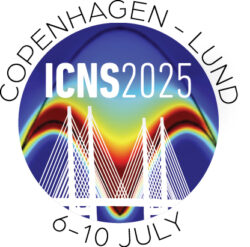
JDN 2025
The next Journées de la Diffusion Neutronique will take place on June 2-5 at Annecy Lake. More information here.

FANS 2025
The next FANs school will take place on June 24-26 at the ILL, Grenoble. More information here.
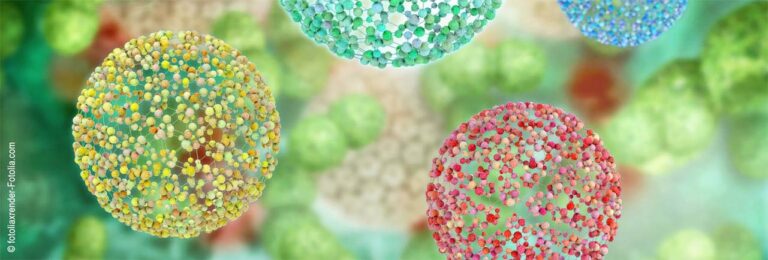
Soft Matter Summer School 2025
The Soft Matter Summer School 2025 will take place on July 1-3 at the ILL. More information here.
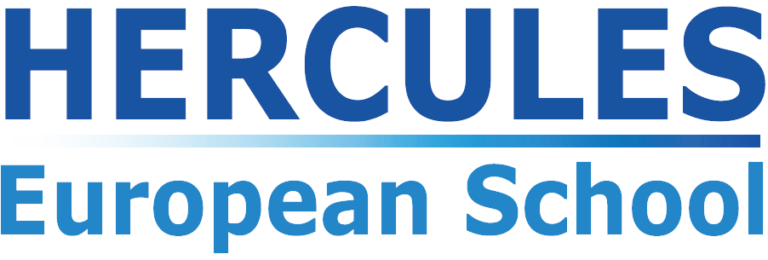
HERCULES
HERCULES is a European school dedicated to thesis students and young researchers using Neutrons and Synchrotron Radiation for applications in Biology, Chemistry, Physics and Condensed Matter (hard and soft).

Une glace qui fait tourner la tête
Dans une étude techniquement très ardue combinant des expériences de diffusion de neutrons sous conditions extrêmes et des simulations moléculaires, l’équipe dirigée par L.E. Bove a observé pour la première fois la glace VII plastique. Cette phase exotique, prédite il y a plus d’une décennie, se forme à des pressions supérieures à 50 000 atmosphères et à des températures dépassant 500 K. Cet état est un hybride entre un liquide et un solide : les molécules d’eau sont disposées dans un réseau cubique dense tout en conservant une liberté de rotation, à l’instar d’un liquide.
Grâce à la diffusion quasi-élastique des neutrons (QENS) menée à l’Institut Laue-Langevin de Grenoble, l’équipe a mis en évidence la nature singulière de cette phase, caractérisée par des rotations sous forme de sauts. Des analyses complémentaires, basées sur des simulations de dynamique moléculaire et des chaînes de Markov, ont permis de confirmer le mécanisme de réorientation des molécules d’eau observé par les neutrons.
Cette découverte a des implications majeures en planétologie, car la plasticité de la glace VII influence les propriétés thermiques et mécaniques des intérieurs planétaires glacés. Elle pourrait notamment expliquer certaines différences clés dans l’évolution des lunes de Jupiter, Ganymède et Callisto, tout en apportant de nouvelles perspectives sur la formation des planètes riches en eau.

Fast-4D neutron imaging reveals complexity behind water vapour condensation in heterogeneous porous media
Condensation in porous media is critical for a variety of open challenges, from energy storage to carbon capture, and moisture transport in civil structures, yet remains poorly understood. To investigate this, neutron imaging at ILL was used to track water condensation and migration in fractured porous materials, while X-ray imaging at ESRF provided complementary insights into fracture morphology and solid structure. The results reveal that fractures act as primary vapor pathways, while condensed water accumulates in smaller pores due to capillary forces. This study emphasises the impact of fracture morphology and microstructure on condensation dynamics, offering new insights into phase change processes in porous media.
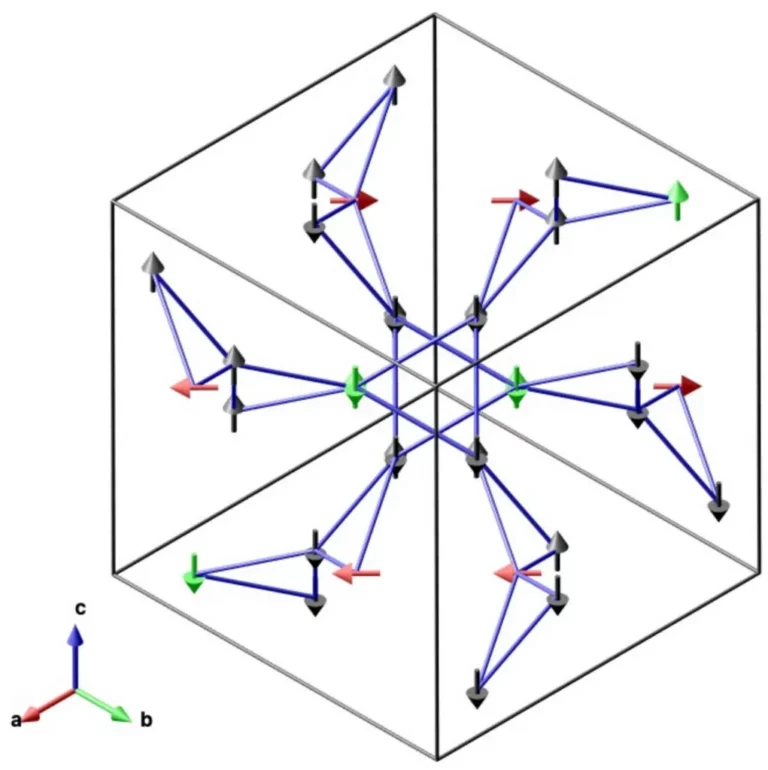
Ordre magnétique non-conventionnel dans le réseau hyperkagomé Yb3Ga5O12
Une anomalie en chaleur spécifique à 54 mK dans le grenat d’ytterbium Yb3Ga5O12 signe un ordre magnétique identifié de longue date mais dont la détermination avait échappé aux sondes microscopiques jusqu’à présent. Par diffraction des neutrons, nous avons pu révéler la nature antiferromagnétique de cet ordre et l’arrangement non conventionnel obtenu pour les moments magnétiques souligne l’intérêt du réseau hyperkagomé associé à la structure des grenats pour la thématique des systèmes géométriquement frustrés.

Measuring the bending rigidity of microbial glucolipid (biosurfactant) bioamphiphile self-assembled structures by neutron spin-echo
Neutron spin echo (NSE) is used in this work to measure the bending rigidity, k, of self-assembled nanostructures prepared with new glycosylated lipids of biological origin, a class of molecules better known for their surface active properties than for their membrane-forming properties. NSE was chosen as essentially being the only technique allowing to measure k on nanoscale objects of three different shapes, vesicles, membranes, fibers. The use of neutrons is here critical for the structure which is probed by scattering while the dynamics, from which k is derived, is probed by the magnetic interaction between neutrons (spin-1/2) and matter.

Insertion de nanoparticules anisotropes dans des phases lamellaires tensioactives
Isabelle Grillo (1973-2019) était responsable de l’instrument de DNPA D33 à l’ILL, et appréciée de la communauté des neutrons. Elle était particulièrement connue pour déceler les phénomènes physiques fondamentaux à l’œuvre dans des systèmes d’apparence ordinaire, comme la stabilité du Pastis. Elle a publié environ 225 articles, dont 3 articles sur le sujet de sa thèse de doctorat dédiée à l’étude des mécanismes d’insertion d’argiles dans des phases lamellaires, une problématique importante dans le monde industriel, mais une vue d’ensemble finale manquait encore. Un quart de siècle plus tard, l’article présenté ici vise à combler cette lacune et à faire connaître des résultats issus de sa thèse qui restent d’actualité.
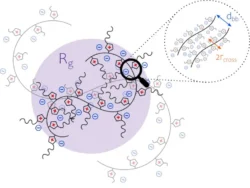
Multiscale structures of poly(ionic liquid)s : a systematic investigation of the role of local interactions
Poly(ionic liquid)s represent a promising class of solid-state viscoelastic electrolytes, holding significant potential energy storage applications and advanced materials science. Rather than complexifying their chemical structure to enhance their conductivity, a systematic investigation of simple and model systems by small angle neutron scattering deepens our fundamental understanding of the morphology these materials across a wide range of length scales, paving the way to a broader investigation of their intricate behaviours and properties.

Détermination par diffraction neutronique de la structure magnétique d’un film mince épitaxié de La0.67Sr0.33MnO3
Le nouveau spectromètre D10+, qui a remplacé l’instrument D10 depuis 2023, permet un gain en efficacité qui peut atteindre un ordre de grandeur en fonction de la configuration utilisée. Ici, il est utilisé pour révéler les propriétés magnétiques de films minces, différentes de celles du bulk.
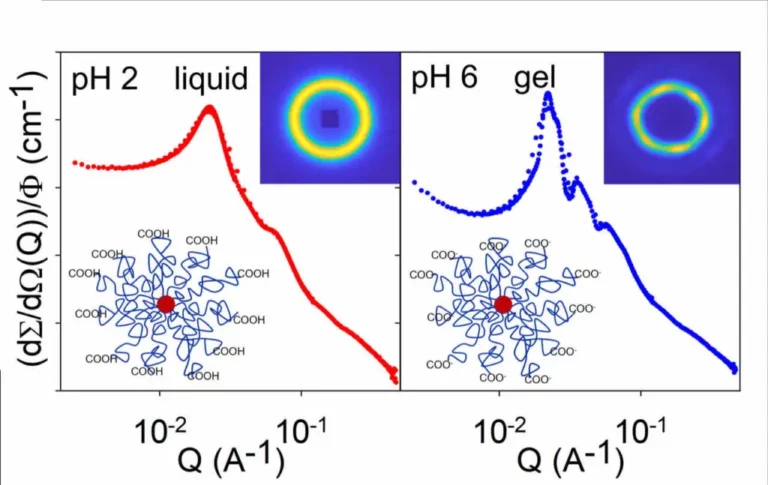
Surface Charged Polymeric Micelles, A Tunable Model System Studied by SANS
Polymeric micelles are versatile systems, through the choice of the length of the hydrophobic core and the hydrophilic corona. Here charges tunable with the pH are introduced on the micelles, enabling the precise control of the total charge, usually difficult to achieve. This model of charged colloids is studied thanks to small angle neutron scattering and the ability to modulate the contrast using H and D species.

Capacité de stockage de l’oxygène géante dans BaCoO3−δ sondée par une mesure couplée in-situ de thermogravimétrie (TGA) et de diffraction de neutrons
Les pérovskites à base de cobaltate de barium et les nanocomposites associés sont des matériaux prometteurs pour le stockage d’énergie. Ici, des mesures couplées de thermogravimétrie et diffraction de neutrons sur poudre ont permis de caractériser l’insertion réversible de l’oxygène dans la structure, à l’origine de la capacité de stockage exceptionnelle.

How to improve chocolate tempering? Use SANS!
Chocolate manufacturing is not easy and requires a complex tempering (mixing and heating) procedure to direct the crystallization of cocoa butter towards the formation of optimal cocoa butter crystals to obtain the good eating quality of chocolate. Recently, the group of Pr. Marangoni (University of Guelph, Canada) in collaboration with the groups of Dr. Anne-Laure Fameau (INRAE, UMET, France) and Pr. Erica Pensini (University of Guelph, Canada) discovered that the addition of small lipidic components promoted proper chocolate tempering without complex tempering procedures. The objective of our work was determining the mechanism by which these minor lipids exert their effect.
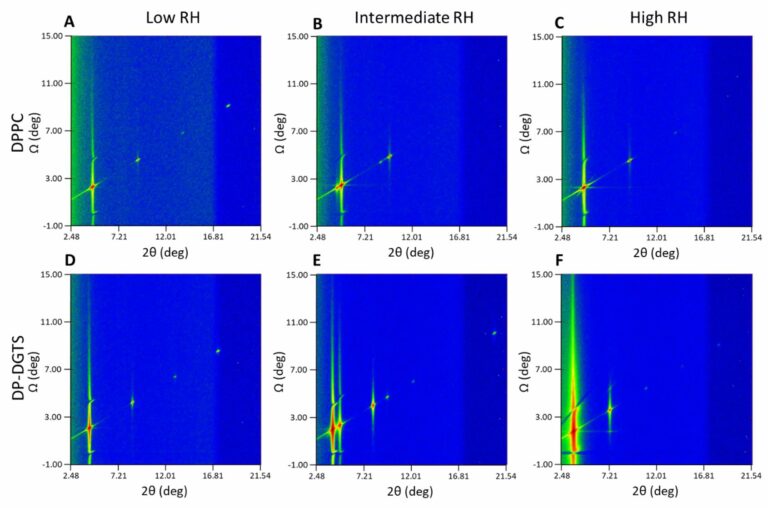
Influence of lipid bilayer properties on the evolutionary loss of betaine lipids in seed plants
Our work gives a possible explanation for an intriguing question that is unanswered for more than 30 years, since the discovery of betaine lipids: why seed plants lost their capacity to synthesized them if betaine lipids are a good substitute for phospholipids during phosphate starvation?

Neutron diffraction for studying (supra)polymer/solvent molecular compounds
Neutron diffraction, namely when scanning the wide-angle range, turns out to be a suitable tool for studying the crystalline organization of co-crystals prepared from polymers or supramolecular polymers with appropriate solvents. The generic name for these systems is “molecular compound” from the terminology used in temperature-concentration phase diagrams but they can also be named crystallo-solvates, inclusion compounds, intercalates, clathrates, molecular complexes, and the like. These systems are often observed in thermoreversible gels from polymer and in organogels from supramolecular polymer.

Demonstrating the complementary nature of SANS, SAXS and Wet-STEM on unfrozen samples
Micellar solutions can be used to treat wastewater containing cationic elements that need to be recovered either for valorisation or for immobilisation on solids in a decontamination process. The nanoobjects formed in such solutions can be characterized by SANS and SAXS, but also using Wet-Scanning Transmission Electron Microscopy (wet-STEM).

Particle in a box: From textbook to real life example
The study of confined particles is at the heart of any quantum physics textbook, including examples of particles moving in a harmonic oscillator potential well and of particles trapped in a box. Studying these examples constitutes a starting block to deepen our understanding of the quantum dynamics of more realistic systems.
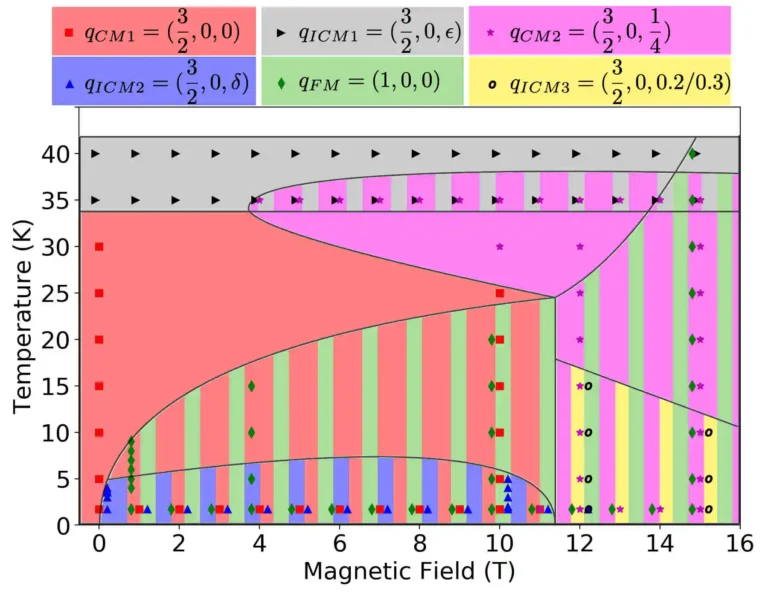
Electronic ground-state hysteresis under magnetic field in GdMn2O5
Multiferroic compounds are widely studied for their magnetoelectric coupling, enabling polarization, for example, to be manipulated using a magnetic field. A new manifestation of magnetoelectric coupling has just been discovered in the multiferroic compound GdMn2O5. This study shows that it is possible to induce a new electronic state after applying a magnetic field and then switching it off. As for the magnetic order, it does indeed return to its initial state, as shown by neutron scattering.
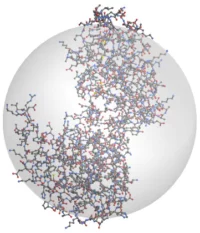
An enzyme in action seen by high-resolution quasielastic neutron scattering
Here we report on a recent study of Phosphoglycerate Kinase with high-resolution quasielastic neutron scattering (QENS) in which the data analysis with a “minimalistic” multi-scale model for protein dynamics in space and time shows directly that the transformation of adenosine diphosphate (ADP) into adenosine triphosphate (ATP), and thus the production of energy carriers within the living cell, is enabled by inter-domain motions of this enzyme.
RECIPROCS – SAXS/SANS forum
The MITI-CNRS RECIPROCS network has been bringing together researchers, engineers and technicians working in the fields of diffraction and scattering for over 10 years. RECIPROCS has created a SAXS/SANS forum.
To access the forum, you must first join RECIPROCS (free of charge) by sending an email to reciprocs-contact(at)services.cnrs.fr.
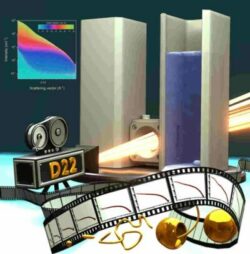
Filming the solution self-assembly of block copolymers in slow motion
When polymers self assemble in water, unlike surfactants, they do not reach a thermodynamically stable state but undergo slow relaxations for a long time. Small angle neutron scattering performed during dialysis of the polymer solution, enables to study of this effect and eventually understand how to overcome it.

Phase transitions and spin dynamics of the quasi-1D Ising-like antiferromagnet BaCo2V2O8 in a longitudinal magnetic field
Among all the quantum manifestations of matter, quantum phase transitions – corresponding to an abrupt change in the ground state of a system at zero temperature due to quantum fluctuations when an external parameter such as a magnetic field or pressure is applied – are particularly exacerbated in 1D magnetic systems, where magnetic ions interact preferentially along one direction in space. Inelastic neutron scattering and numerical simulations allowed us to study such quantum transitions in the anisotropic antiferromagnetic chain compound BaCo2V2O8.

Unconventional solubilization of sparingly water soluble (hydrophobic) substances using inorganic ions
Have you ever thought of using inorganic ions to solubilize organic dyes, pharmaceutical active ingredients, perfumes or solvents in water? No? Well, read on…

High-density lipoprotein function is modulated by the SARS-CoV-2 spike protein in a lipid-type dependent manner
Since the outbreak of the COVID-19 pandemics, much has been discussed about the relationship between the severity of the disease and the plasma lipid profiles of the population. We therefore studied the role played by the Spike protein (S protein) from SARS-CoV-2 in the lipid metabolisms, especially its interaction with High-Density Lipoproteins (HDLs). Our first work on the topic showed that the S protein removes lipids from model membranes and interferes with the capacity of HDL for removing and exchanging lipids composed of saturated phospholipids (DMPC) and cholesterol. Among the remaining open questions : does the S protein have preference over certain lipids? Could the lipid serum profile in individuals have an effect over how the S protein affect HDL function?

Magnetic structure and field dependence of the incommensurate cycloid mediating the spin reorientation transition in Ca3Ru2O7
Materials exhibiting strong spin-orbit coupling have recently attracted a great deal of attention because of their potential for creating new electronic and magnetic phases. The combination of neutron diffraction, magnetometric measurements and magnetoresistance measurements under a magnetic field is finally providing a detailed understanding of the properties of such materials.
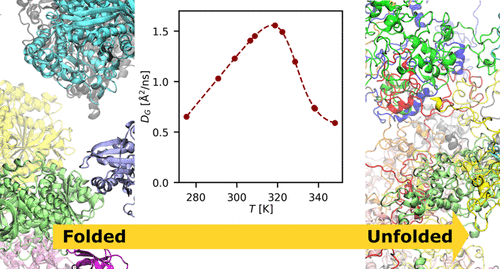
Diffusive dynamics of bacterial proteome as a proxy of cell death
What is happening to the proteome of a bacterium like Escherichia coli when it is heated above the temperature of cell death ? For a long time, it was hypothesized that a so-called proteome catastrophe happens when going beyond denaturation, where most of the proteins unfold in a narrow range of temperatures. With the help of incoherent neutron scattering, we were able to find out that on the contrary…

Phonon behavior in a random solid solution: a lattice dynamics study on the high-entropy alloy FeCoCrMnNi
Understanding thermal transport in materials is one of the major challenges today, fundamental for engineering new materials efficient for thermal management and energy harvesting. A good understanding of heat transport mechanisms is now achieved for crystals on one side and disordered materials (glasses) on the other, which exhibit very different properties. A new class of crystalline materials, High Entropy Alloys, characterized by a strong local chemical disorder, exhibits thermal transport properties similar to the ones of glasses: understanding the origin of this behavior requires investigating their phonon dynamics.
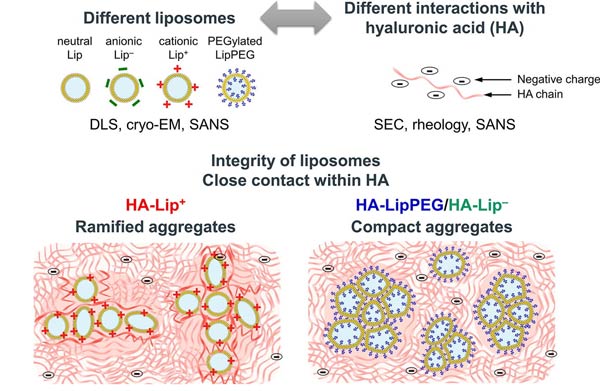
Hybrid systems combining liposomes and entangled hyaluronic acid chains: influence of liposome surface and drug encapsulation on the microstructure
Mixtures of hyaluronic acid (HA) and liposomes are efficient drug delivery systems for applications in otology and ophthalmology, yet little is known about their microstructure. In this study, we used SANS to demonstrate that liposomes keep their integrity in a matrix of HA chains, whether they are anionic, cationic, or decorated by poly(ethylene glycol) chains, and whether they contain or not a corticoid. We also demonstrate that their aggregation state is driven by how their surface interacts with the HA chains.
Actualité Chimique
The Actualité Chimique (October 2022) contains a series of articles devoted to neutron scattering!

A WAAM benchmark: from process parameters to thermal effects on weld pool shape, microstructure and residual stresses
Wire Arc Additive Manufacturing (WAAM) is one of the lesser-known metal 3D printing technologies. The metal wire is melted with an electric arc as the heat source, thus the technique has a huge potential for large 3D metal parts with complex design in many industrial applications using less material. One of the limitations of this technique is residual stresses. This study shows how the process can be studied coupling several techniques, measuring residual stresses thanks to neutron techniques, which are able to analyse thick pieces without any destruction.

Edge-on (cellulose II) and face-on (cellulose I) adsorption of cellulose nanocrystals at the oil–water interface: a combined entropic and enthalpic process
Nanocelluloses can be used to stabilize oil–water surfaces, forming so-called Pickering emulsions. In this work, we probed the organization of native and mercerized cellulose nanocrystals (CNC-I and CNC-II) adsorbed on the surface of hexadecane droplets dispersed in water by coupling small-angle neutron scattering with contrast variation experiments and molecular dynamics simulations. We showed that there exists a preferred interacting crystalline plane for both allomorphs that exposes the CH groups (100 and 010) and is therefore considered hydrophobic. This study suggests that whatever the allomorph, the migration of CNCs to the interface is spontaneous and irreversible, leading to highly stable emulsions.
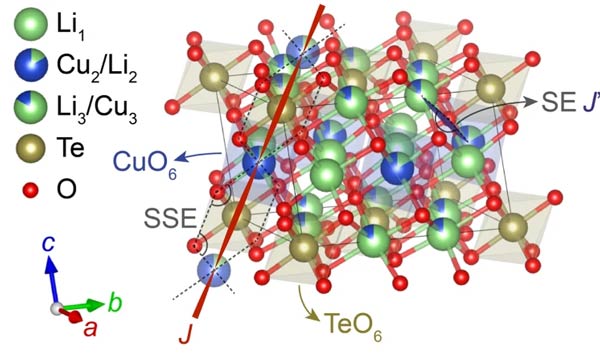
Signature of a randomness-driven spin-liquid state in a frustrated magnet
The realization of exotic state of matter is interesting not only from a fundamental physics point of view but also holds immense promise for potential applications in robust quantum computing technology. In the frustrated antiferromagnet Li4CuTeO6, a dynamic and correlated disorder-induced spin-liquid ground state is evidenced experimentally for the first time. Here, neutron diffraction has proven to be essential to probe the disorder at the origin of this original magnetic state.

The scale of a martian hydrothermal system explored using combined neutron and x-ray tomography
Water is essential to life as we know it. In planetary sciences, it is also considered key to whether life ever existed elsewhere in the Solar System, for example on Mars. One way to approach this question is to investigate martian meteorites that reacted with liquid water when they were still part of the martian crust.

Strikingly different roles of SARS-CoV-2 fusion peptides uncovered by neutron scattering
Due to the COVID-19 pandemic, a thorough understanding of the molecular mechanisms of cellular infection by coronaviruses has become imperative. A critical stage in cell entry by the SARS-CoV-2 virus occurs when its Spike protein mediates fusion between viral and host membranes. Recently published in the Journal of the American Chemical Society, we presented a detailed investigation of the role of selected regions of the Spike protein, and the influence of calcium and cholesterol, in this fusion process.
